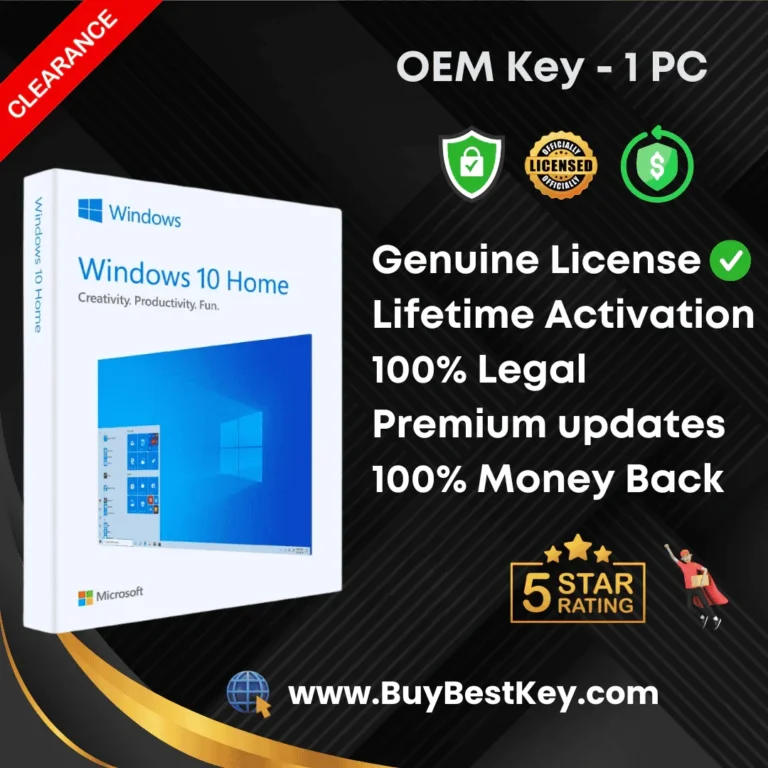
# Windows Key: Essential Functions and Shortcuts
## Introduction
The Windows key, often overlooked, is a powerful tool that can significantly enhance your productivity when using a Microsoft Windows operating system. This small key, typically located between the Ctrl and Alt keys on your keyboard, provides quick access to numerous functions and shortcuts that can streamline your workflow.
Keyword: Microsoft Windows key
## Basic Functions of the Windows Key
The Windows key serves as the foundation for many essential shortcuts in Windows:
– Pressing the Windows key alone opens the Start menu
– Windows key + D shows the desktop (minimizing all windows)
– Windows key + E opens File Explorer
– Windows key + L locks your computer
– Windows key + Tab opens Task View for virtual desktops
## Productivity-Boosting Shortcuts
Master these combinations to work more efficiently:
### Window Management
– Windows key + Left/Right Arrow: Snap window to left or right half of screen
– Windows key + Up/Down Arrow: Maximize or minimize window
– Windows key + Shift + Left/Right Arrow: Move window between monitors
### System Navigation
– Windows key + S: Open search
– Windows key + I: Open Settings
– Windows key + X: Open Quick Link menu
– Windows key + A: Open Action Center
## Advanced Shortcuts for Power Users
For those who want to take their Windows experience to the next level:
– Windows key + Ctrl + D: Create new virtual desktop
– Windows key + Ctrl + Left/Right Arrow: Switch between virtual desktops
– Windows key + Shift + S: Take a screenshot with Snip & Sketch
– Windows key + Period (.): Open emoji panel
– Windows key + V: Open clipboard history
## Customizing Windows Key Behavior
You can modify how the Windows key functions:
– Disable the Windows key for gaming through registry edits
– Remap the Windows key using third-party software
– Adjust Start menu behavior through Windows Settings
## Conclusion
The Windows key is far more than just a Start menu button. By mastering these shortcuts, you can navigate your computer faster, manage windows more efficiently, and access system features with ease. Take some time to practice these combinations, and you’ll soon wonder how you ever used Windows without them.